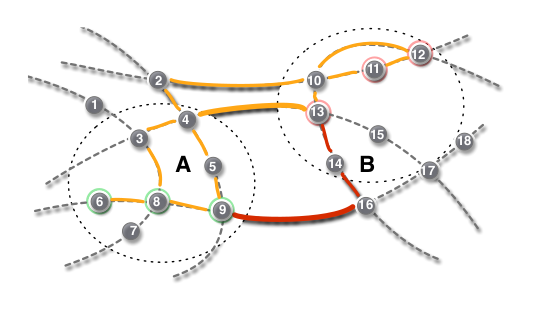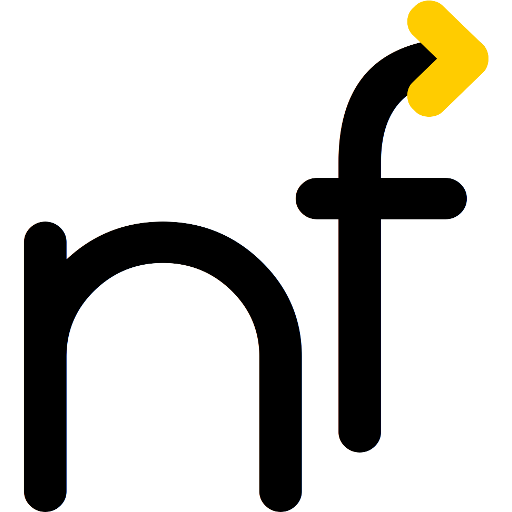
Abstract
The big challenge of routing in opportunistic mobile networks, overlooked by most researchers, is to not only find any path to the destination, but a path that is stable and powerful enough to actually carry the message. Few attempts addressed this problem, all of them under controlled scenarios, avoiding the complexity of real-world connectivity. As a result of our comparison of selected networks under a wide variety of realistic scenarios, we have not only been able to identify and describe favorable traits of protocols, but also necessary relationship of successful MON protocols with QoS routing in wired networks. We present a novel protocol, Nile, that performs both in dense as well as sparse networks. Nile is the first autonomous “controlled Hooding” protocol that keeps the link loads in check, to push replicas only on those paths that are both promising and may sustain more load. It is a multi path protocol that deploys replication based on heuristic for disjoint path calculation. Other protocols’ performance, when simulated in real-world traces, highly depends on parameter choice. Nile, however, consistently performs among the top protocols without any external tuning and exerts far less overhead than other replication protocols.
BibTeX (Download)
@inproceedings{Islam2011Optimizing,
title = {Optimizing Message Delivery in Mobile-Opportunistic Networks},
author = {Arshad Islam and Marcel Waldvogel},
url = {https://netfuture.ch/wp-content/uploads/2011/islam11optimizing.pdf},
isbn = {978-1-4244-8511-6},
year = {2011},
date = {2011-02-16},
urldate = {1000-01-01},
booktitle = {Proceedings of the Baltic Congress on Future Internet Communications},
pages = {134-141},
abstract = {The big challenge of routing in opportunistic mobile networks, overlooked by most researchers, is to not only find any path to the destination, but a path that is stable and powerful enough to actually carry the message. Few attempts addressed this problem, all of them under controlled scenarios, avoiding the complexity of real-world connectivity. As a result of our comparison of selected networks under a wide variety of realistic scenarios, we have not only been able to identify and describe favorable traits of protocols, but also necessary relationship of successful MON protocols with QoS routing in wired networks. We present a novel protocol, Nile, that performs both in dense as well as sparse networks. Nile is the first autonomous “controlled Hooding” protocol that keeps the link loads in check, to push replicas only on those paths that are both promising and may sustain more load. It is a multi path protocol that deploys replication based on heuristic for disjoint path calculation. Other protocols' performance, when simulated in real-world traces, highly depends on parameter choice. Nile, however, consistently performs among the top protocols without any external tuning and exerts far less overhead than other replication protocols.},
keywords = {Mobile Networks, Opportunistic Networks},
pubstate = {published},
tppubtype = {inproceedings}
}



